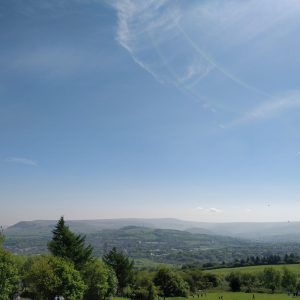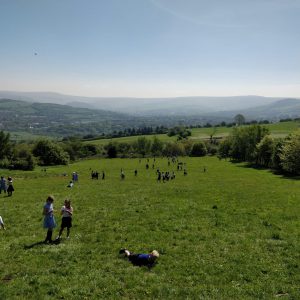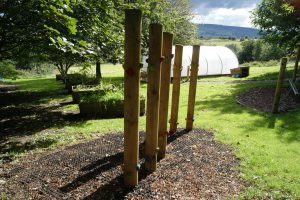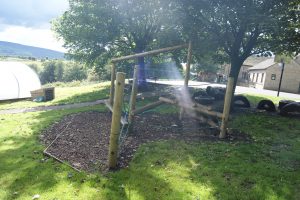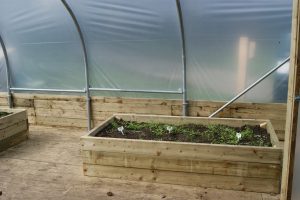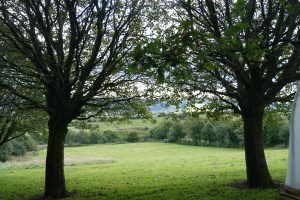Outdoor Learning
Roald Dahl once said, “The more risks you allow children to take, the better they learn to take care of themselves.”
Children are welcome to use the schools outdoor space. While these have been risk-assessed, we still cannot eliminate all possible risks. Of course, it is important to use a system of risk-benefit analysis, looking at the benefits of the activity first and then seeking to make tasks safe within that framework. What must come first are the benefits that the children will gain.
Outdoor-learning experiences offer a great deal in terms of these benefits. By committing to learning both inside and outside the classroom, we are able to teach children that learning occurs everywhere, at all times. They understand better what learning means, often assuming it is something that only occurs when a book is open and a pen is in a hand.
High-quality outdoor learning experiences are proven to:
- develop reflective and inquisitive thinking along with problem-solving approaches in ‘real’ situations
- encourage holistic development of children
- develop resilience and adaptability in occasionally adverse circumstances
- allow children to become more able to identify hazards and risks
- develop a love, appreciation and respect for nature and all that is living
- develop an understanding of how we can look after our environment
- develop self-awareness, confidence and self-esteem
- develop collaborative-working and communication skills
- provide positive health benefits – both physically and mentally – and assist gross and fine-motor development
- develop a lifelong love of the outdoors
We are linking up with the Peak District National Park and are to become an Ambassador school. If you would like to find out more please follow the link https://www.peakdistrict.gov.uk/learning-about/education/our-learning-centres-and-sites/longdendale
The children and parents enjoying the outdoor area an a recent workshop in Yellow Class.
